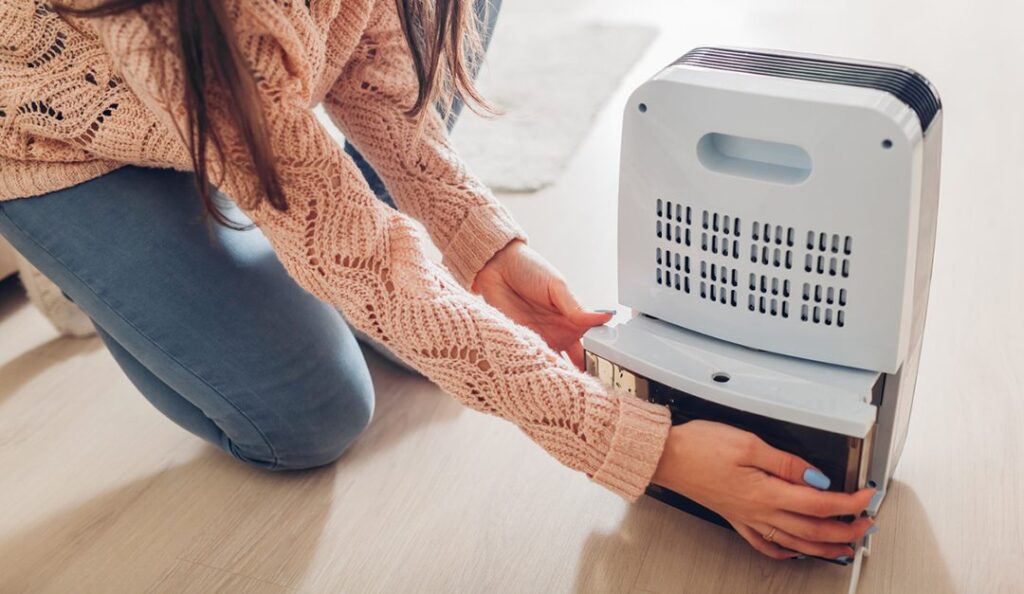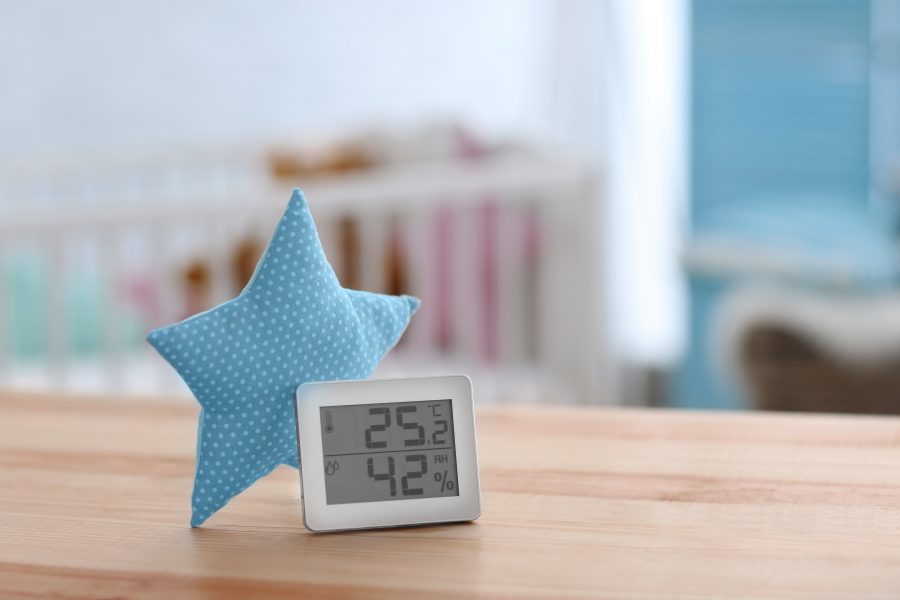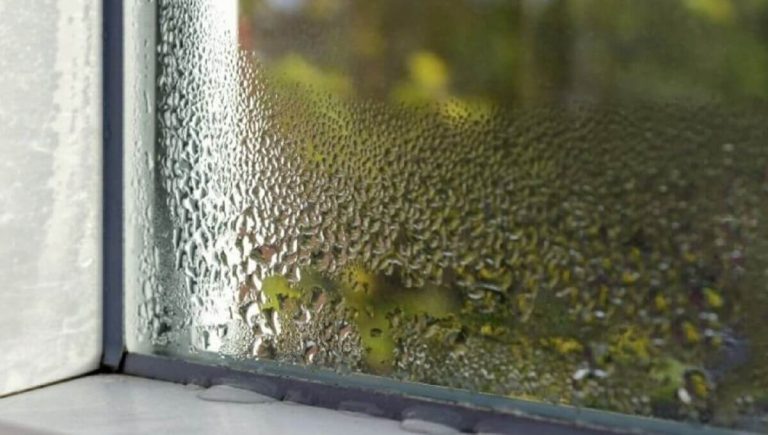You walk into your home on a chilly winter day, only to find the air so dry it leaves your skin itching and your throat scratchy. Maybe you even experience static shocks whenever you touch anything metallic.
Fast-forward to summer, and now your home feels like a sauna, making breathing laborious. These aren’t random occurrences; they’re part of a yearly cycle that affects countless households. The good news? You have the power to control your indoor humidity.
Why Humidity Matters

source: pinterest.com
Managing indoor humidity is about more than just physical comfort. It also has implications for your health and well-being. Additionally, it can affect the structural integrity of your home. Elevated humidity can encourage mold growth, posing health risks, while diminished humidity can lead to dry skin and greater vulnerability to respiratory issues.
Moreover, incorrect humidity can warp wood, ruin valuable items, and increase energy bills. This guide aims to provide comprehensive insights into seasonal humidity fluctuations and practical methods for sustaining a pleasant and healthful living environment year-round.
The Science Of Humidity Levels
In winter, cold air is heated indoors. Since cold air holds less water vapor, heating reduces its relative humidity, leading to drier conditions. On the other hand, warmer air infiltrating your living spaces can make conditions muggy in summer.
In simple terms, cold air typically corresponds with lower humidity, whereas warm air usually signals higher humidity. Grasping this basic science enables you to take effective steps for moisture management.
Health Implications Of Seasonal Humidity

source: pinterest.com
Recognizing the science of humidity is your first step to understanding its significant health effects. Winter’s arid atmosphere can lead to flaky skin, eye irritation, and even respiratory problems. Mucous membranes in your nose and throat perform best at specific humidity levels; insufficient humidity raises your susceptibility to respiratory issues.
In the summer, different problems arise that are equally concerning. Elevated humidity transforms your home into a breeding ground for mold, mildew, and dust mites. Such conditions can worsen allergies, asthma, and other respiratory disorders. Furthermore, excessive humidity makes it harder for sweat to evaporate, intensifying heat discomfort.
HVAC Systems: Double-Edged Tools
Central heating systems are notorious for reducing indoor humidity in winter, leaving the air dry. On the other hand, air conditioners can help combat humidity in the summer. An outdated or poorly sized A/C unit may not control humidity efficiently. Enhance your HVAC systems with a furnace humidifier in winter and a standalone dehumidifier in summer. Regular maintenance, like filter changes, can help maintain optimal indoor air quality.
Windows And Doors: Points Of Control

source: pinterest.com
Windows and doors are intermediaries between your climate-controlled interior and the variable outdoor environment. Poorly insulated windows allow dry air to seep in during winter, while gaps may permit moist air to infiltrate during the summer.
Weatherstripping and caulking can offer straightforward solutions. For more advanced insulation, consider upgrading to double-pane windows. Even small adjustments can dramatically boost both energy efficiency and comfort in your home.
Protecting Your Home Furnishings
Maintaining stable humidity is crucial for your health and the longevity of your home furnishings. Wood can crack and get damaged under low-humidity conditions, while excessive humidity can cause swelling, leading to jammed doors.
Musical instruments and artworks also benefit from stable environmental conditions. Consider placing such items in areas where you can actively manage the humidity, perhaps with dedicated humidifiers or dehumidifiers.
DIY Solutions: Small Changes, Big Impact
Effective humidity management can be affordable. Low-cost strategies can be beneficial, such as placing a bowl of water near a heat source in winter or using exhaust fans in high-humidity areas like your kitchen and bathroom in summer.
However, activities like line-drying clothes indoors should be approached cautiously; while they can contribute to humidity regulation, their impact is relatively minor. A series of small adjustments can significantly affect your home’s air quality.
The Future Of Humidity Control

source: pinterest.com
The age of smart technology is here. Smart humidifiers and dehumidifiers have sensors that adjust settings automatically based on current humidity levels.
These devices can sync with your home automation system, offering remote control through smartphone apps. The technology simplifies the task and optimizes energy usage, ensuring your living spaces are consistently comfortable and healthy.
Houseplants: More Than Just Decor
Your houseplants do more than add aesthetic value; they also contribute to humidity regulation. In winter, plants like peace lilies and Boston ferns can boost indoor humidity through transpiration.
Yet, these indoor plants have a limited ability to absorb excess moisture come summer. Therefore, while plants can aid your humidity management strategy, they shouldn’t be your only solution.
Conclusion
Mastering the challenges of seasonal humidity fluctuations is vital for maintaining a comfortable, energy-efficient home. Whether you opt for state-of-the-art technology or simple, cost-effective methods, you can transform your home into a sanctuary, come rain or shine.



